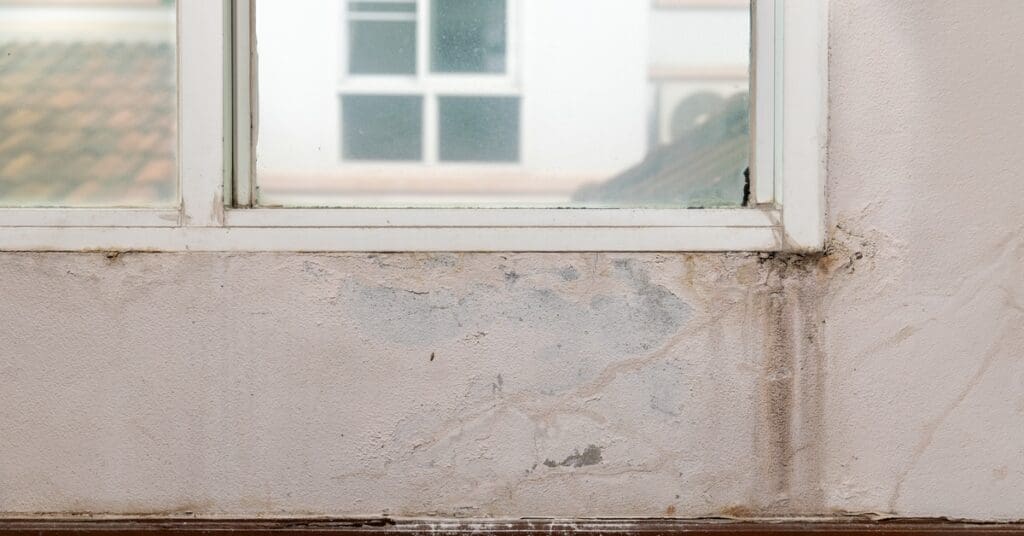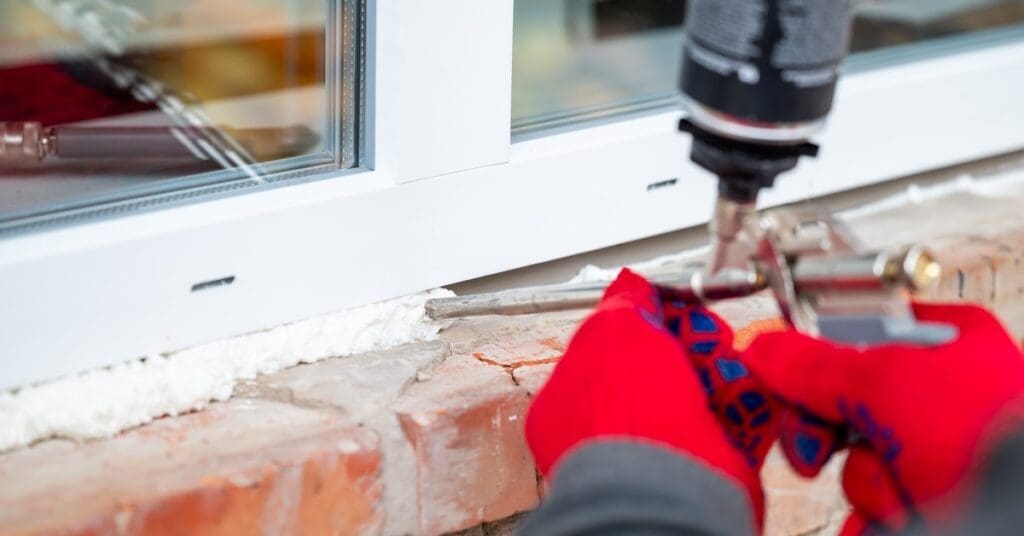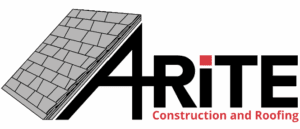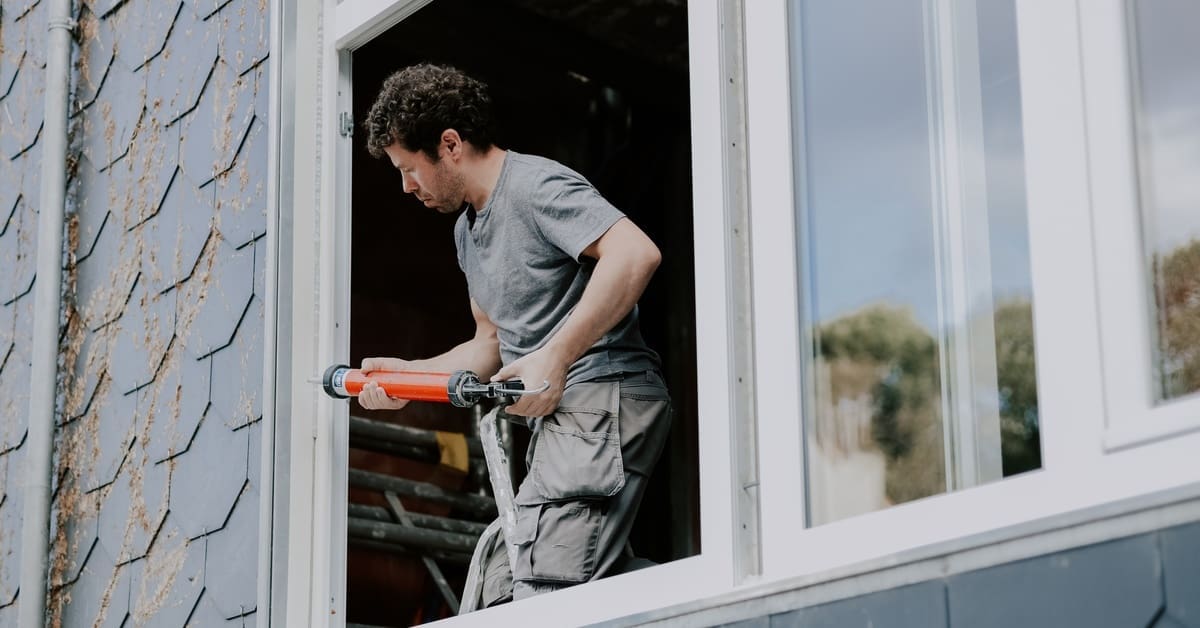Your home’s exterior stands as the first line of defense against tough weather and daily wear. While people often focus on big elements like siding and roofing, it’s sometimes the small details that make a noticeable difference in keeping your home strong year after year. The exterior caulking of your home is an important detail that most people overlook when they think about home maintenance. Those flexible seals protect your investment by keeping out moisture, pests, and drafts—issues that undermine comfort and can lead to costly repairs.
When you maintain the exterior caulking around your home, you seal up gaps, joints, and seams with a long-lasting, waterproof barrier. This simple step keeps water out, helping you avoid the kind of unseen leaks that cause serious structural damage over time. A solid seal around windows, doors, and siding joints helps your home stay in good shape, offering real peace of mind. From stopping water damage to boosting energy efficiency and preventing pest problems, well-maintained caulking plays a significant role in your home’s durability.

How Caulking Prevents Costly Water Damage
The main job of exterior caulk is to keep water outside—where it belongs. Caulk seals up joints where different building elements meet, like around window frames, door casings, and siding corners. Without these seals, rain and melting snow can get inside wall cavities and structural framing.
Moisture in unwanted places encourages mold and mildew, which isn’t just a nuisance; it can create health risks and unpleasant odors. Even more concerning, long-term water exposure can cause wood rot, which puts your home’s structure at risk. Repair work for water damage gets expensive fast, making routine caulking a practical form of insurance.
Why It Increases Your Home’s Energy Efficiency
Small air leaks remain a huge source of lost energy in many homes. If you have cracks around windows, doors, or where pipes and wires exit, heated or cooled air can escape while hot or cold outdoor air sneaks inside. This exchange forces heating and cooling systems to work harder, raising energy bills.
Sealing these spots with exterior caulking closes up unwanted gaps. The result is a stronger barrier against outdoor temperatures. When you reduce air leaks, your HVAC system runs more efficiently and you’ll be more comfortable in your home year-round.
How It Stops Pest Infestations
Every tiny gap in your home’s exterior could be an open door for bugs or rodents. Ants, spiders, roaches, and even mice can squeeze through the smallest cracks, searching for shelter and food. Once inside, they often stick around, sometimes creating major problems.
A bead of properly applied caulk creates a barrier that makes it much harder for pests to get in. Closing these entry points helps deter unwanted critters, often making chemical pest control unnecessary. This simple measure keeps your space safer and more comfortable.

Where Exterior Caulk Should Be Applied
If you want the best protection, focus your attention on several key areas outside your home. After inspecting for obvious gaps or cracks, target the following common problem spots.
- Joints where the window and door frames meet the siding
- Corners where the siding panels connect
- Gaps around outdoor faucets, vents, or electrical outlets
- Cracks in masonry, brick, stucco, or concrete
- The seam where your home’s foundation meets the siding
Making sure you address these areas gives your home a full protective seal. With routine maintenance, you’ll prevent many common issues before they start.
What Types of Exterior Caulk Are Available?
Not all caulk is ideal for every situation, so your choice matters. Silicone caulk works well for windows and vents, thanks to its flexibility and weather resistance. It stands up through extreme temperature swings without shrinking or cracking.
Polyurethane caulks offer impressive adhesion and resilience. These are best if you need to seal joints in concrete, brick, or siding—though they require a bit more effort to apply. Water-based and acrylic latex caulk clean up easily and are good for small indoor gaps, but they don’t last as long outdoors.
Why Professional Application Matters
Caulking might look like a weekend project, but there’s more skill involved than you might think. Professionals prepare surfaces with care, choose the best product for each location, and lay down smooth, even beads that stand up to years of weathering.
A neat, gap-free seal does more than work well; it also improves curb appeal. An experienced professional knows how to deliver a lasting result. Poorly applied caulk, on the other hand, breaks down quickly and puts your home at risk all over again.
When To Inspect and Replace Exterior Caulk
Caulk isn’t a “set it and forget it” detail. Sun, rain, and temperature swings break it down naturally over time. Take a look at your home’s exterior caulking at least once each year, either in spring or fall. Watch for signs such as cracks, shrinking, or spots where it’s pulling away from the surface.
If the caulk looks worn out, don’t wait to fix it. Quality silicone or polyurethane caulks often last up to a decade, but harsh weather can shorten that lifespan. Regular inspections catch issues early, keeping you ahead of preventable problems.
How Caulking Complements Your Roofing System
Home exteriors work as a unit to keep your property secure. While your roof shields everything up above, exterior caulk guards all vertical and horizontal joints. These two elements support each other. For example, caulk helps seal the flashing around chimneys, vent pipes, and skylights—those tricky spots where leaks often appear.
If the caulk around these areas fails, it might look like a roofing issue, but it could actually be a problem with the sealant. That’s why many reputable exterior contractors always include a close inspection of all seals and flashings. A reliable roof means every component, including caulking, works together.
When you think of your home’s durability, keep both the roof and exterior seals in mind. Together, they offer complete protection, making sure that no weak link puts your investment at risk.
The True Value of Maintaining Exterior Seals
Maintaining your home’s exterior caulk goes a long way in protecting your property. It’s one of those tasks that yields big results for a modest investment. By preventing water intrusion, improving energy efficiency, and keeping pests outside, you help preserve your home’s structural integrity and long-term property value.
Spending a little time on this now can save you from unexpected repair bills down the road. Homeowners who realize the importance of exterior caulking for their home’s durability make one of the smartest moves for a safe, comfortable, and lasting home. If you’d like a professional inspection or need re-caulking done right the first time, reach out to A-Rite Construction. Our team takes pride in helping you protect your property for years to come.



